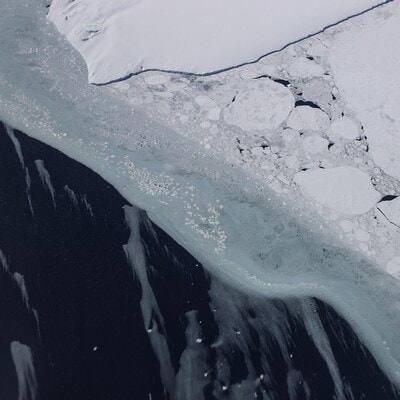Antarctica’s winter sea ice in 2024 was lowest ever, except for 2023 | World News

)
The speed of warming in the Arctic continues to catch scientists off guard. Image: Bloomberg
By Danielle Bochove
Antarctic sea ice at its annual peak this year covered the second-lowest area on record. It was just shy of last year’s record low, continuing what scientists fear is a trend caused by climate change.
Click here to connect with us on WhatsApp
The ice covered 17.16 million square kilometers (6.63 million square miles) of the Antarctic at its maximum extent on Sept. 19, according to preliminary figures released Thursday by the National Snow and Ice Data Center at the University of Colorado at Boulder. Last year’s low, 16.96 million square kilometers, broke the previous record set in 1986.
Calling the downward movement in the past two years “dramatic,” Ted Scambos, a senior research scientist at the university’s Cooperative Institute for Research in Environmental Sciences, said in a statement that it “points more than ever to effects from a record-warm ocean” on the polar region.
In the Antarctic, sea ice typically covers the largest expanse of ocean at some point in September. After that, it begins a slow melt over the southern hemisphere’s summer, with the most open water typically seen in early March. The same process occurs in the Arctic, but the timing of the maximum and minimum are reversed.
Scientists have come to expect long-term declines in Arctic sea ice. But for a long time the Antarctic seemed to be more resilient, leading researchers to wonder how long that could continue, said Cecilia Bitz, a professor of atmospheric and climate science at the University of Washington.
“Now the Antarctic seems to be catching up,” she said.
A year or two of lower maximum ice numbers could be explained by natural variability, but there have been enough weak years in the past decade to suggest a pattern, Bitz said: “I think we can say the Antarctic is now exhibiting decline.”
The National Snow and Ice Data Center last month released the latest summer sea-ice coverage estimates for the opposite side of the planet. Sea ice covered just 4.28 million square kilometers of the Arctic Ocean at its minimum extent. That’s the seventh lowest ice minimum on record. The 18 lowest Arctic sea ice extents have all occurred in the past 18 years.
The speed of warming in the Arctic continues to catch scientists off guard. “The models don’t keep up,” Bitz said.
Antarctica’s ice sheets are so huge that the impact on sea level rise could be significant if they melt. Arctic warming also has major planetary repercussions, including from the loss of reflective ice that helps shield Earth from the sun’s radiation and permafrost thawing that releases greenhouse gases.
Reducing carbon pollution to limit global warming would slow the loss of polar sea ice, although further loss is inevitable even if the world decarbonizes rapidly. Some scientists are studying other measures to preserve the ice, such as pumping water onto ice to thicken it, covering ice with reflective geotextiles and seeding clouds to reduce the amount of sunlight that reaches the planet’s surface.
First Published: Oct 04 2024 | 8:10 AM IST






